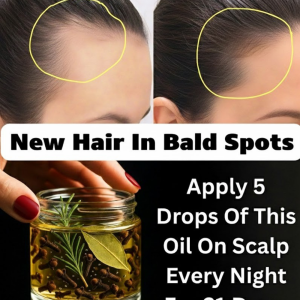
If you wake up with sharp heel pain that makes your first steps difficult, you may be dealing with plantar fasciitis—a common source of heel discomfort.
This condition happens when the thick band of tissue running from the heel to the toes becomes inflamed, usually from overuse, strain, or tight muscles.
The plantar fascia supports the foot’s arch, and when irritated, it causes stabbing pain, most noticeable in the morning or after sitting. Runners, people on their feet all day, and those in unsupportive shoes are most at risk.
Without treatment, plantar fasciitis can turn chronic, making daily movement painful. Early care with targeted exercises is the best way to prevent long-term issues.

7 Exercises to Ease Heel Pain
1. Towel Stretch
A gentle move that improves flexibility in the calf and plantar fascia.
• Sit with legs straight, loop a towel around the ball of your foot.
• Pull toward you until you feel a stretch.
• Hold 15–30 seconds, repeat 2–3 times.
2. Calf Stretch
Loosens tight calves that strain the plantar fascia.
• Stand facing a wall, step one leg back, heel down.
• Bend the front knee while keeping the back leg straight.
• Hold 15–30 seconds per side, repeat 2–3 times.
3. Plantar Fascia Stretch
Directly targets the inflamed tissue.
• Sit, cross one foot over the opposite knee.
• Pull toes toward you until the arch stretches.
• Hold 15–30 seconds, repeat 2–3 times.
4. Ball Roll (Massage)
Relieves tension and reduces inflammation.
• Place a tennis ball, golf ball, or frozen water bottle under the arch.
• Roll slowly for 1–2 minutes.
• Do several times a day, especially after standing.
5. Toe Taps
Strengthens the small muscles supporting your arch.
• Keep heels down while lifting toes toward your shin.
• Hold briefly, then relax.
• Repeat 10–15 reps, 2–3 sets.
6. Foot Flex and Point
Builds ankle strength and flexibility.
• Extend legs, flex toes toward shin for 5 seconds.
• Point toes forward for 5 seconds.
• Repeat 10–15 times per foot.
7. Ankle Circles
Improves ankle mobility and distributes pressure.
• Extend one leg, rotate ankle 10 times clockwise, then counterclockwise.
• Switch to the other foot.

When to See a Professional
If pain doesn’t improve after a few weeks of stretching, consult a doctor or physical therapist. Treatments may include:
• Custom orthotics
• Night splints
• Physical therapy sessions
• Advanced options like shockwave therapy or injections
Prevention Tips
• Wear supportive shoes with good cushioning.
• Avoid walking barefoot on hard surfaces.
• Stretch calves and feet before and after workouts.
• Replace worn shoes regularly.
• Maintain a healthy weight to reduce pressure on your feet.
Final Thoughts
Plantar fasciitis can be frustrating, but recovery is possible. With daily stretching, strengthening, and proper footwear, you can reduce pain and prevent future flare-ups. Healing takes time, so stay consistent and patient—every small step brings you closer to lasting relief.




